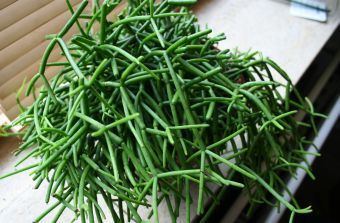Higher classification Rhipsalideae | Scientific name Rhipsalis Rank Genus | |
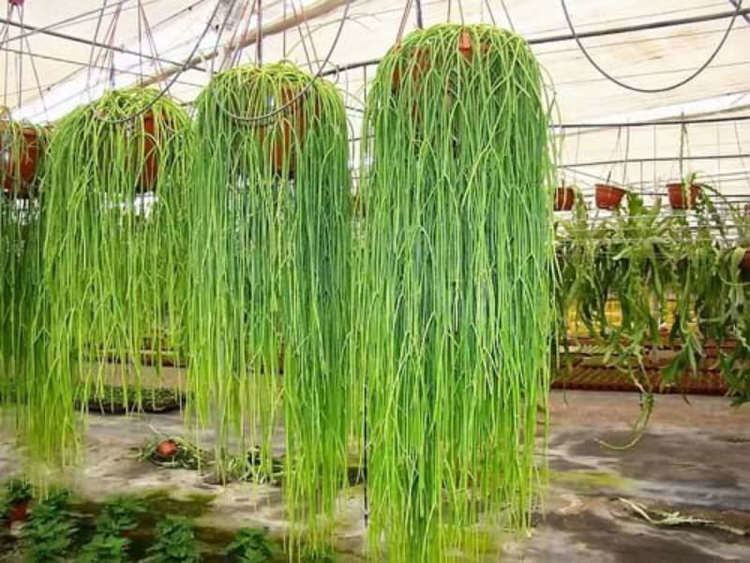 | ||
Lower classifications Rhipsalis baccifera, Rhipsalis cereuscula, Rhipsalis pilocarpa | ||
My rhipsalis crispata cactus plant in beautiful flower
Rhipsalis is a genus of epiphytic cacti. They are typically known as mistletoe cacti. The scientific name derives from the Ancient Greek term for wickerwork, referring to the plants' habitus. Rhipsalis is one is part of the tribe Rhipsalideae within the subfamily Cactoideae of the Cactaceae. It is the largest and most widely distributed genus of epiphytic cacti. The genus was described by Joseph Gaertner in 1788. But when he described the plant, he had in fact not realised it was a cactus. Instead, he assumed to have found a new species of Cassytha, a parasitic laurel. Hence, Cassytha is often indicated as a generic synonym for Rhipsalis, although this is not the case, since this generic name had been applied for a completely different genus in a different plant family.
Contents
- My rhipsalis crispata cactus plant in beautiful flower
- My rhipsalis penduliflora cactus plant in flower
- Ecology and distribution
- Morphology
- Species
- References
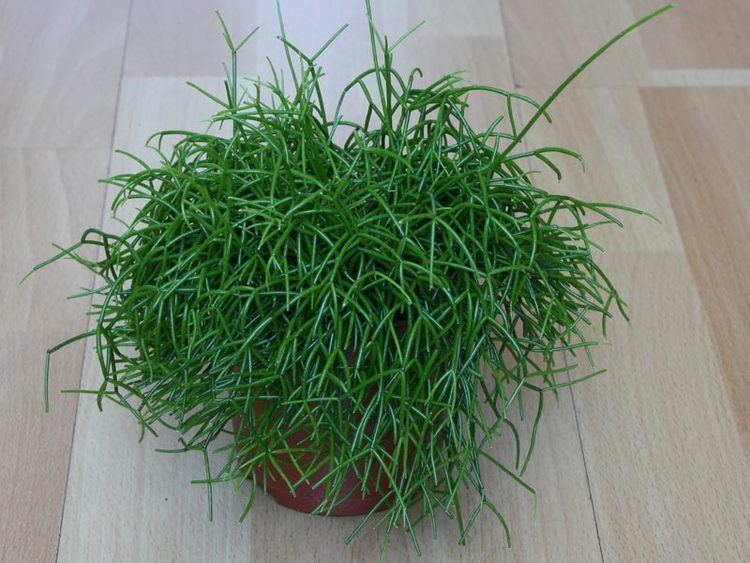
My rhipsalis penduliflora cactus plant in flower
Ecology and distribution
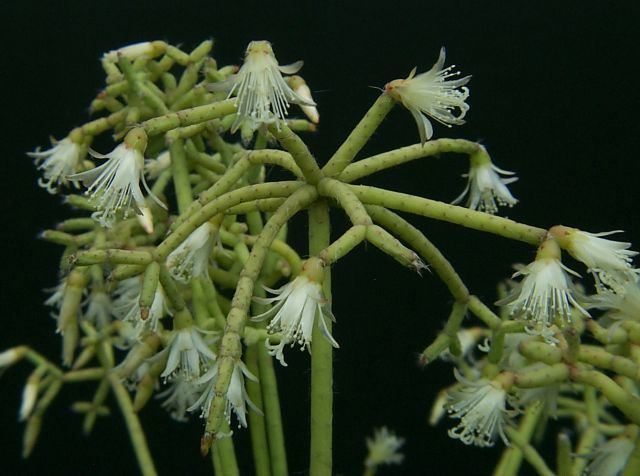
Rhipsalis is found as an epiphyte in tropical rainforests, some species may also grow epilithic or, rarely, terrestrial. The genus is found widely in Central America, parts of the Caribbean and a great part of northern and central South America. The center of diversity of Rhipsalis lies in the rainforests of the Mata Atlantica in southeastern Brazil. It is found throughout the New World, but additionally in tropical Africa, Madagascar and Sri Lanka. It is the only cactus with a natural occurrence outside the New World.
Morphology
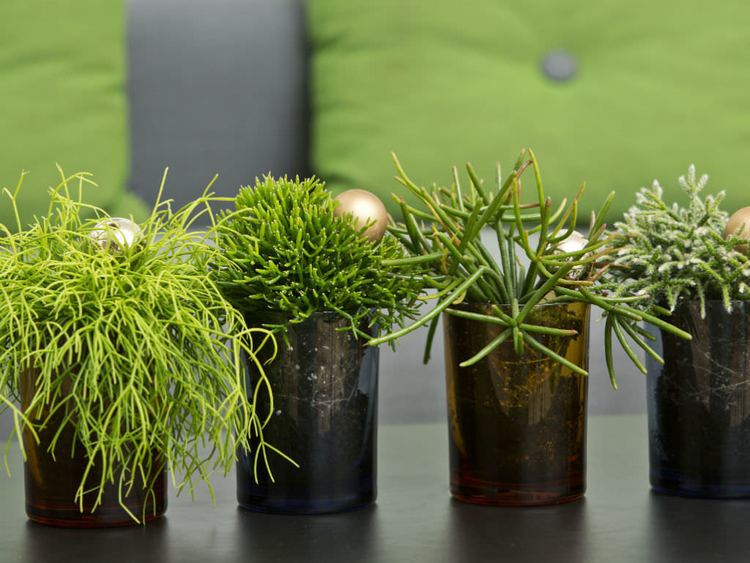
The morphology of Rhipsalis is very variable. The plants can grow mostly pendent, few grow more or less upright or sprawling. There are three main stem shapes: terete, angular and flattened. The stems are succulent, but the degree of succulence varies between the species. Some have very thick stems (e.g. Rhipsalis neves-armondii), whereas other have very thin, filiform stems (e.g. Rhipsalis baccifera, Rhipsalis clavata). In the majority of species, spines are missing or occur only in the juvenile stage (this is most prominent in Rhipsalis dissimilis). Rhipsalis pilocarpa has stems and fruits densely covered by bristes, making this species easily distinguishable from all other Rhipsalis. The flowers are borne lateral or apical and are actinomorphic with a varying number of perianth segments, stamens and carpels. They are small, usually about 1 cm in diameter, white or whitish in most species. Yellowish flowers occur in R. dissimilis and R. elliptica and R. hoelleri is the only Rhipsalis species with red flowers. The fruits are always berries, they are whitish or coloured pink, red or yellow.
Species
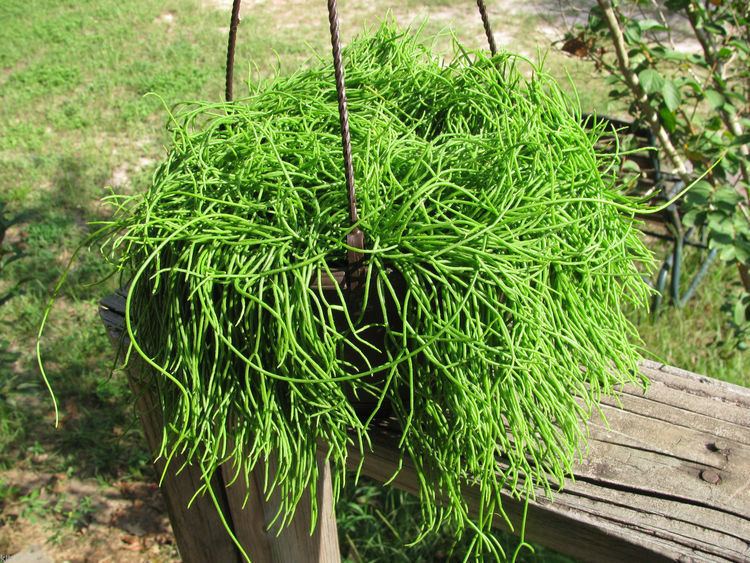
Based on the latest taxonomic treatment in the New Cactus Lexicon (Hunt et al. 2006), 35 species of Rhipsalis are recognised.
